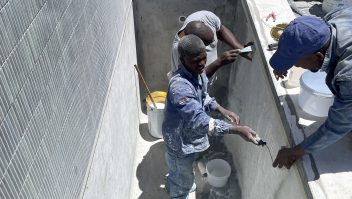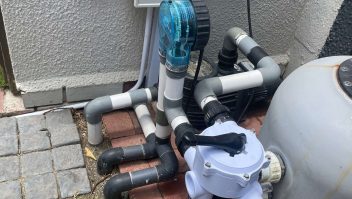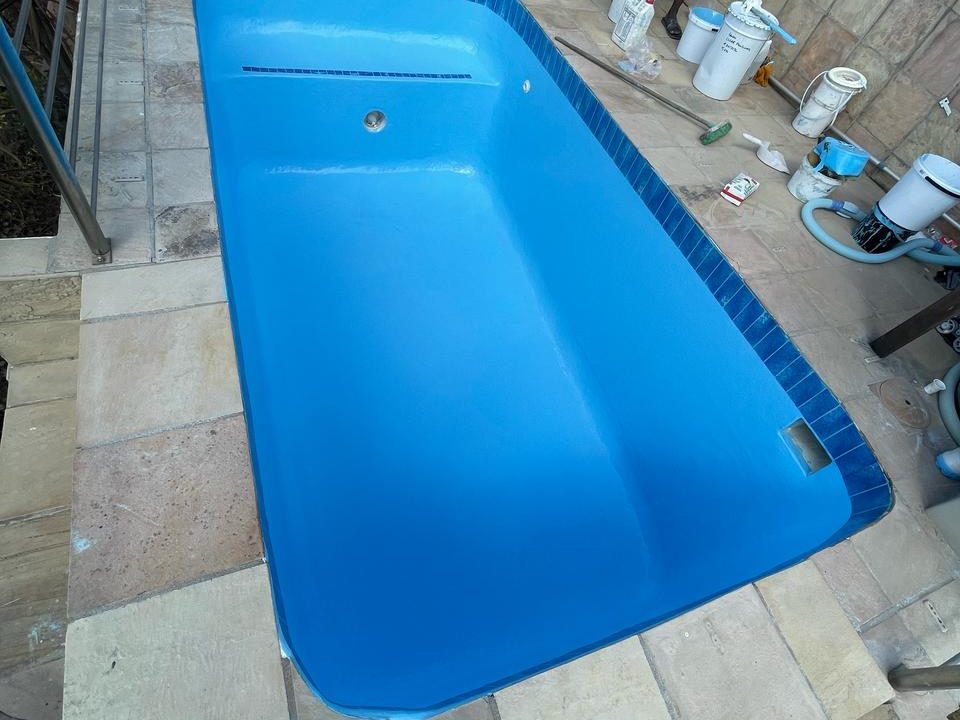
Fiberglass Repair Series South Africa
Are you looking to repair or restore fibreglass in your swimming pool, boat, or vehicle in South Africa? If so, you’ve come to the right place. Our 7-part fibreglass repair blog series covers everything—from patching holes and cracks to selecting the best epoxy and DIY kits. Whether you live in Cape Town or elsewhere in South Africa, this guide will help you save money and extend the lifespan of your fibreglass surfaces.
Below, explore each topic and click through to the full detailed guides.
Restoring Old Fiberglass – Tips to Bring It Back to Life
Learn expert techniques to bring old fibreglass back to life with refinishing and patching. Perfect for aged pools and cracked panels.
Read how to restore your fibreglass step-by-step.
Step-by-Step Guide to Fixing Holes in Fiberglass
Discover easy steps using repair kits and resin to fix holes in fibreglass shells, boats, and more.
Find out which tools and fillers you need.
How Strong Are Fiberglass Repairs? Durability Explained
Wondering how long your repairs will last? We explain the strength and durability of typical fibreglass fixes.
Learn if fibreglass repair is strong enough for your needs.
Bonding Fiberglass: Can You Glue It Back Together?
Yes, you can! Explore top adhesives like marine epoxy and when gluing is better than resin.
Find the best bonding method for your repair.
Fiberglass Pool Repairs for South African Homeowners
Get expert advice on repairing cracks, holes, and more in fibreglass pools throughout South Africa.
Learn how to fix your pool without costly replacement.
Top Fillers and Epoxies for Fiberglass Repairs
Review our recommended fillers, putties, and epoxy resins available locally to South Africans.
Discover which brands work best in our climate.
DIY Fiberglass Repairs at Home: Kits, Costs & Tips
Save money by learning how to repair fibreglass yourself. We cover kits, costs, and practical tips.
Start your DIY fibreglass repair today!
Part 1: Introduction to Fiberglass and Its Repair Potential
Fiberglass is widely used because it’s durable and corrosion resistant. For example, it’s popular in swimming pools, boats, roofing, and construction. Despite its longevity, fibreglass is not invincible.
Can fibreglass be repaired? Absolutely! From minor cracks to major damage, modern materials like epoxy resin and fibreglass cloth make repairs effective and affordable.
What is Fiberglass?
Fiberglass consists of glass fibres embedded in resin. It is lightweight, waterproof, and mouldable into complex shapes. Common uses include:
- Swimming pool shells
- Boat hulls
- Car body panels
- Structural roofing
Why Does Fiberglass Crack or Fail?
Several factors cause fibreglass to deteriorate:
- UV damage over time
- Soil movement beneath pools
- Impact or mechanical stress
- Poor installation or resin curing
Can Old Fiberglass Be Restored?
Yes. Through resurfacing or relining (especially for pools), fibreglass can look like new again. This process involves:
- Sanding down the surface
- Applying new fibreglass cloth and resin
- Finishing with a gelcoat or top layer
When to Repair vs Replace?
- Repair if damage is localised or cosmetic (typically between R500 and R5,000)
- Replace or reline if the entire surface is degraded or blistered (costs R20,000+)
FAQs — Part 1
Q: How long does restored fibreglass last?
A: Typically 10 to 20 years with proper maintenance.
Q: Is fibreglass restoration DIY-friendly?
A: Small repairs can be DIY, but large jobs usually require professionals.
Conclusion — Part 1
Understanding fibreglass basics and repair potential is the first step. If you notice cracks or fading, don’t wait—restoring fibreglass early can save thousands.
Ready to learn how? Check out our detailed guide on fixing holes in fiberglass in Part 2.
Part 2: Common Fiberglass Pool Problems and Fixes
Fiberglass pools face unique challenges in South Africa’s climate and soil conditions. Let’s explore the main issues and how to fix them.
Why Do Fiberglass Pools Get Damaged?
- Improper water chemistry can degrade the gelcoat
- Emptying pools incorrectly causes stress cracks
- UV exposure and ageing fade surfaces
- Shifting soil or foundation causes cracks and leaks
Common Types of Damage
- Spider Cracks: Hairline fractures in gelcoat
- Blistering: Osmotic bubbles under the surface
- Delamination: Separation of layers due to moisture
- Leaks: Cracks around plumbing and fittings
Repair Options
- Sand and re-coat minor surface cracks
- Cut out and reglaze deep damage
- Use epoxy filler for small holes
- Apply new gelcoat for faded surfaces
DIY vs Professional Repairs
DIY works well for small fixes. However, structural issues or large resurfacing projects should always be done by professionals to ensure longevity.
FAQs — Part 2
Q: Can I fix pool blisters myself?
A: Small blisters can be repaired DIY, but large ones need pro attention.
Q: How often should I inspect my fibreglass pool?
A: At least once a year for early detection of damage.
Conclusion — Part 2
Knowing common pool problems lets you act quickly before small issues grow. If your pool shows signs of damage, consider the appropriate repair methods outlined above.
Next up: Learn how to do DIY fibreglass repairs at home in Part 3
Part 3: DIY Fiberglass Repairs at Home – Tools, Tips & Kits
Fiberglass repair at home is entirely possible with the right tools and knowledge. Whether you want to fix a small crack or patch a hole, following a clear step-by-step process will ensure success.
Essential Tools and Materials
To start, gather these materials:
- Fiberglass repair kit (includes mat, resin, hardener)
- Protective gloves and mask
- Brushes and mixing containers
- Sandpaper (80–120 grit)
Having these on hand will prepare you for the repair process.
Step-by-Step Repair Process
- Clean the damaged area thoroughly using acetone to remove dirt and grease.
- Sand the surface to roughen it, allowing better adhesion.
- Cut fiberglass cloth to fit the repair size, layering as needed.
- Mix resin and hardener carefully, following kit instructions.
- Apply resin and cloth layers, ensuring even coverage.
- Allow the repair to cure fully, typically 24 to 48 hours.
- Sand the repaired area to smooth out rough edges and apply gelcoat if desired.
Where to Buy Repair Kits in South Africa
You can purchase fibreglass repair kits and materials from:
- Atlin
- Builders Warehouse
- Seaport Supply
Safety Tips for DIY Repair
Always work in a well-ventilated area and wear protective gear. Epoxy resins and hardeners can be irritants.
FAQs — Part 3
Q: How long does a DIY fiberglass repair take?
A: Typically 2 to 3 days including curing and finishing.
Q: Can beginners successfully repair fibreglass?
A: Yes, with patience and following instructions carefully.
Conclusion — Part 3
DIY fibreglass repairs save money and extend your fibreglass’s life. However, for larger or structural damage, professional help is recommended.
Ready to avoid common mistakes? Continue to Part 4.
Part 4: Common Fiberglass Repair Mistakes to Avoid
Making mistakes during repair can lead to failed fixes and wasted money. Here are the most common pitfalls and how to avoid them.
Top Mistakes
- Skipping surface preparation: Leads to poor bonding and peeling.
- Using the wrong resin type: Can cause weak or leaky repairs.
- Rushing the curing process: Results in fragile repairs.
- Not tapering edges: Creates stress points that crack again.
- Applying too many layers at once: Traps air bubbles inside.
- Ignoring safety precautions: Poses health risks.
How to Prevent Mistakes
Prepare surfaces properly, use recommended products, and follow curing times strictly. Patience and precision matter most.
FAQs — Part 4
Q: What resin should I use for pool repairs?
A: Use marine-grade epoxy resin or polyester resin designed for pools.
Q: Can poor repairs be fixed?
A: Usually yes, but the area must be properly prepped again.
Conclusion — Part 4
Avoiding these mistakes ensures durable and lasting fiberglass repairs. Proper preparation and product choice are key.
Next, learn about structural repairs in Part 5.
Part 5: Structural Fiberglass Repairs – When It’s Serious
Structural damage requires special attention because it affects the strength and safety of your fibreglass item.
What Constitutes Structural Damage?
- Cracks through multiple fibreglass layers
- Delamination or separation of layers
- Sagging or soft spots on large surfaces
Repair Process for Structural Damage
- Cut out damaged sections carefully
- Feather edges with a grinder for smooth transitions
- Layer fibreglass cloth and resin meticulously
- Cure the repair thoroughly
- Apply a topcoat and polish for finish
When to Call a Professional
If damage is larger than 15 cm, involves load-bearing areas, or causes pool shell bowing or leaks, professional repair is essential.
FAQs — Part 5
Q: Can structural fibreglass repairs be DIY?
A: Generally no; professional expertise is recommended.
Q: How long does structural repair last?
A: When done properly, it can last decades.
Conclusion — Part 5
Structural fibreglass repairs are complex but crucial for safety and longevity. Always consult professionals for major damage.
Discover cost comparisons and pricing in Part 6.
Part 6: Fiberglass Repair Costs and Comparisons (South Africa)
Understanding costs helps you plan repairs effectively.
Typical Fiberglass Repair Costs
| Repair TypeEstimated Cost (ZAR) | |
|---|---|
| Surface crack | R500 – R2,000 |
| Small hole | R1,500 – R4,000 |
| Blistering | R2,000 – R5,000 |
| Full pool relining | R20,000 – R50,000+ |
Fiberglass Compared to Other Materials
| Material | Pros | Cons |
|---|---|---|
| Fiberglass | Strong, lightweight | UV sensitive |
| Concrete | Durable | Cracks with soil movement |
| Steel | Very strong | Prone to rust |
FAQs — Part 6
Q: Is fibreglass repair expensive?
A: Small repairs are affordable; large relining projects cost more.
Q: Does insurance cover fibreglass repair?
A: Coverage varies; check your policy.
Conclusion — Part 6
Fiberglass repairs range widely in cost depending on damage severity. Comparing with other materials can help you decide on replacement or repair.
Final part: Frequently Asked Questions in Part 7.
Part 7: Fiberglass Repair FAQs for South African Homeowners
Here are answers to your top fibreglass repair questions.
Common FAQs
- Can fibreglass be repaired permanently? Yes, with epoxy and proper prep.
- Can you fibreglass over fibreglass? Yes, if the surface is clean and sanded.
- What’s the best filler? Marine epoxy putty or gelcoat filler.
- Can I use epoxy to fix fibreglass? Absolutely—it’s the best resin for strength and waterproofing.
- Is fibreglass repair expensive? Usually not; small repairs can be under R1,000.
- How long does fibreglass repair last? Typically 10–30 years depending on exposure.
- Where can I get repairs done near me? Contact Pools Reno for expert service in Cape Town and beyond.
Conclusion — Part 7
Fiberglass repair is a cost-effective way to maintain your pool, boat, or vehicle. Whether DIY or professional, understanding your options ensures long-lasting results.
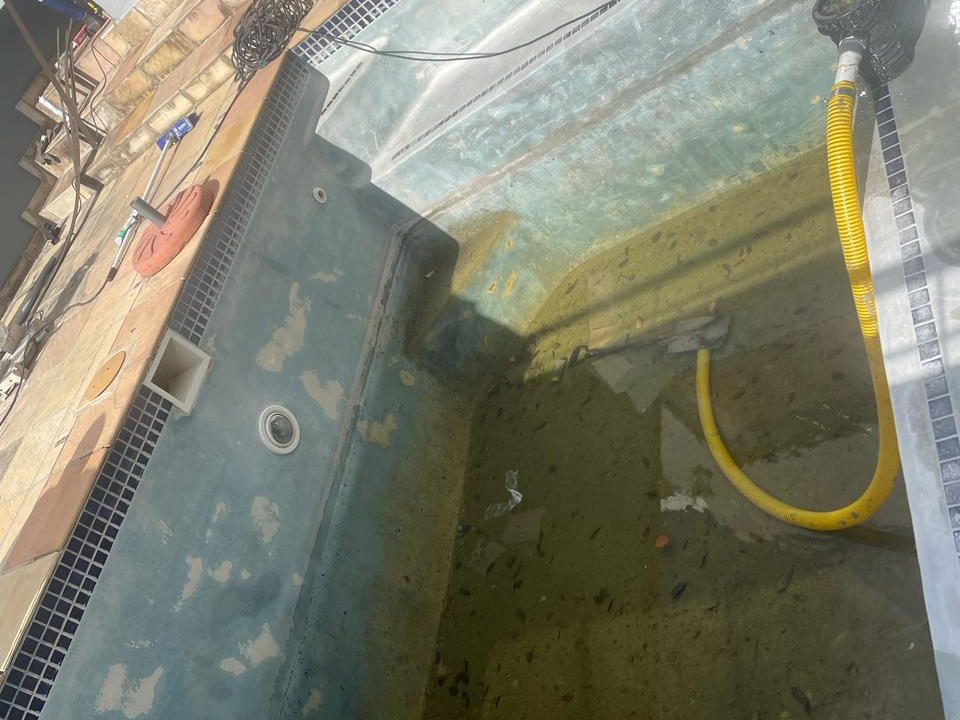
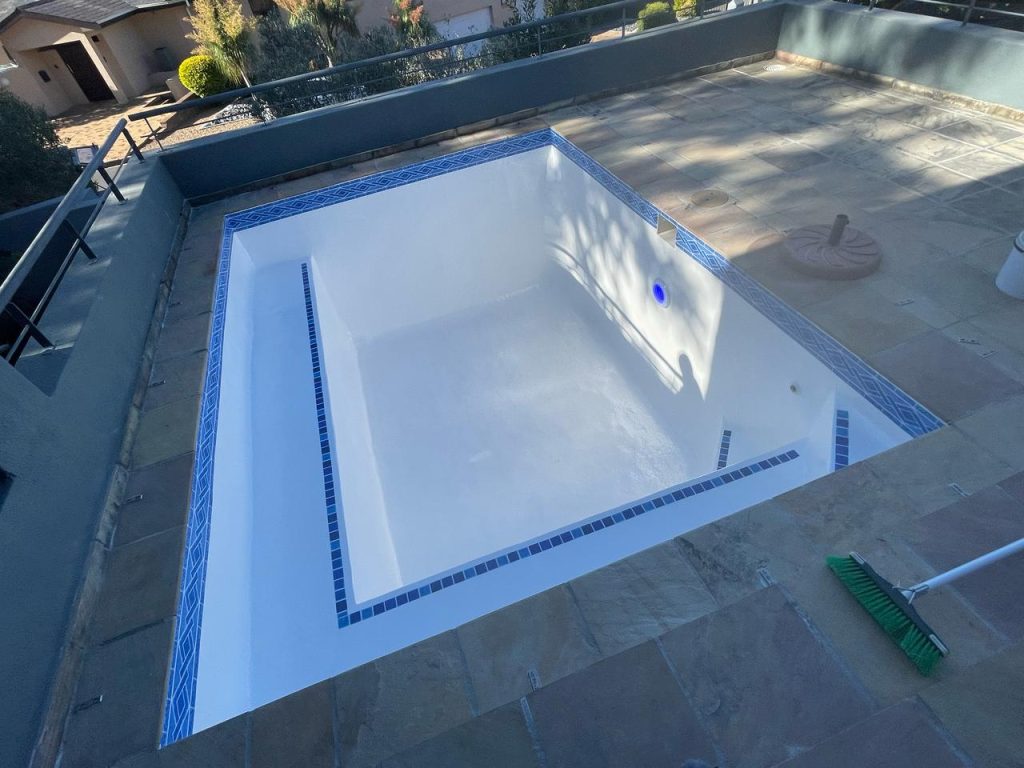
Ready to start your fibreglass repair journey? Visit our detailed parts above or contact Pools Reno for expert assistance!


